SECURITY1_INITIALIZATION_FAILED: 7 Ways to Fix the BSOD
Repairing system files and updating drivers should quickly fix the error
5 min. read
Published on
Read our disclosure page to find out how can you help Windows Report sustain the editorial team. Read more

The SECURITY1_INITIALIZATION_FAILED blue screen error (bug check) with a value of 0x00000063 is rarely encountered on Windows PCs. But when it does, there’s very little information available about troubleshooting the BSOD.
The Security1 Initialization Failed error 0x63 appears due to corrupt system files, outdated or buggy drivers, third-party apps triggering conflicts, malware infection, issues with the Windows installation, and hardware malfunction.
To fix things, start by installing all available Windows updates, disconnecting any non-critical devices, and fixing overheating issues. If none work, the methods listed next should!
How do I fix the SECURITY1_INITIALIZATION_FAILED blue screen error?
1. Run the DISM and SFC scans
- Press Windows + S to open Search, type Command Prompt in the text field, and click on Run as administrator.
- Click Yes in the UAC prompt.
- Paste the following commands individually and hit Enter after each:
DISM /Online /Cleanup-Image /CheckHealthDISM /Online /Cleanup-Image /ScanHealthDISM /Online /Cleanup-Image /RestoreHealth - Now, execute the following command to run the SFC scan:
sfc /scannow - After repairing the corrupt system files, reboot the PC and check whether SECURITY1_INITIALIZATION_FAILED is fixed.
2. Update all the drivers
- Press Windows + X to open the Power User menu, and select Device Manager from the list.
- Expand the different entries here, right-click on the devices individually, and select Update driver. I am updating the graphics driver.
- Now, click on Search automatically for drivers and let Windows detect and install the best locally available version.
- Similarly, update the other drivers, especially the ones for critical devices.
If Windows can’t find a better version while updating the driver, go to the manufacturer’s website, look for new releases, and then manually install the latest drivers for all devices.
3. Uninstall recently downloaded apps
- Press Windows + R to open Run, type appwiz.cpl in the text field, and hit Enter.
- Select any recently added app from the list, and click on Uninstall.
- Follow the on-screen instructions to complete the process.
- Once done, reboot and check for improvements.
- If the error 0x00000063 persists, uninstall other apps you believe might be conflicting with the OS.
Remember, it’s not only the recently installed apps that cause the SECURITY1_INITIALIZATION_FAILED BSOD but also apps that were recently updated. So, look for those as well.
Besides, I recommend you use an effective software uninstaller tool to get rid of any leftover files and Registry entries that, if left undelete, might trigger the error.
4. Scan the PC for malware
- Press Windows + S to open Search, type Windows Security in the text field, and click on the relevant result.
- Click on Virus & threat protection.
- Click on Scan options.
- Select the Full scan entry and click on Scan now.
- Wait for Windows Security to detect and eliminate any threats on the PC.
5. Check RAM and disk for issues
5.1. Repair the disk
- Press Windows + R to open Run, type cmd, and hit Ctrl + Shift + Enter.
- Click Yes in the UAC prompt.
- Paste the following command and hit Enter:
chkdsk /r - If asked to schedule the scan for the next reboot, press Y and hit Enter.
- Finally, reboot the computer, and let Check Disk run and repair disk issues.
5.2 Inspect the RAM
- Press Windows + R to open Run, type mdsched.exe in the text field, and hit Enter.
- Click on Restart now and check for problems and then wait while the built-in utility looks for RAM issues.
If Windows Memory Diagnostic fails at detecting problems, I recommend you use Memtest86+, an open-source tool that runs a series of advanced tests on individual RAM modules and identifies even the most trivial issues.
And if the tool detects any issues that might be responsible for SECURITY1_INITIALIZATION_FAILED, get the malfunctioning memory module checked and preferably replaced!
6. Perform a system restore
- Press Windows + S to open Search, type Create a restore point, and click on the relevant result.
- Click the System Restore button.
- Select the Choose a different restore point option, and click on Next.
- Pick the oldest restore point (bottom of the list), and click on Next.
- Finally, verify the details, click on Finish, and wait for the restore to complete.
7. Reinstall Windows
As a last resort to fix the SECURITY1_INITIALIZATION_FAILED bug check 0x00000063, you can reinstall Windows. To do that, you will need to download Windows 11’s Media Creation Tool, then create a bootable USB, and finally install Windows through it.
If this, too, fails, it’s most likely a hardware malfunction to blame for the BSOD. In this case, it’s best to contact official support or visit a nearby repair shop because both the connections and internal components (assuming you already tried disconnecting the external peripherals) need to be inspected.
Before you leave, try our expert fixes for blue screen errors in Windows 11, and see if any of these do the trick. It’s worth a shot!
For any queries or to share which fix worked for you, drop a comment below.



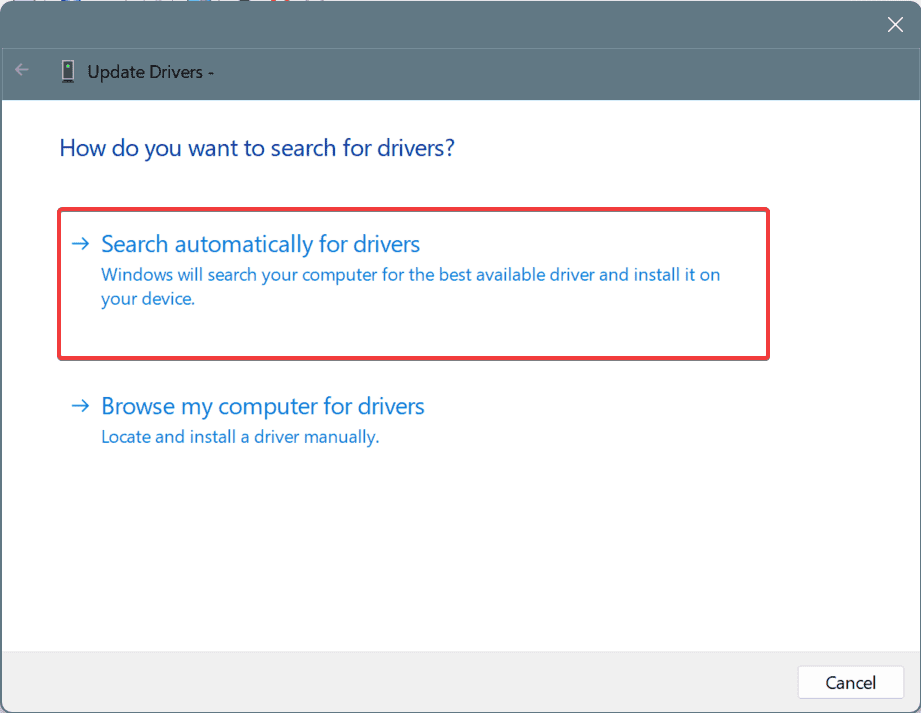

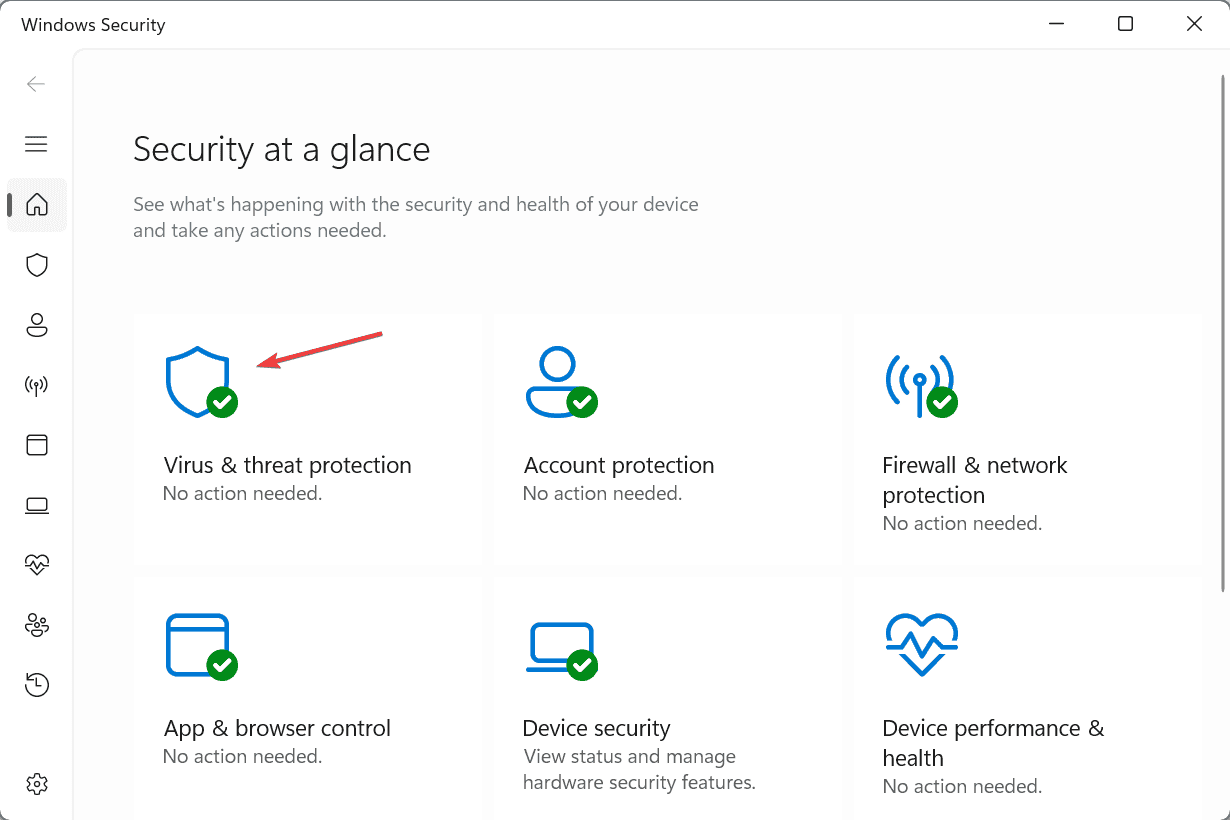
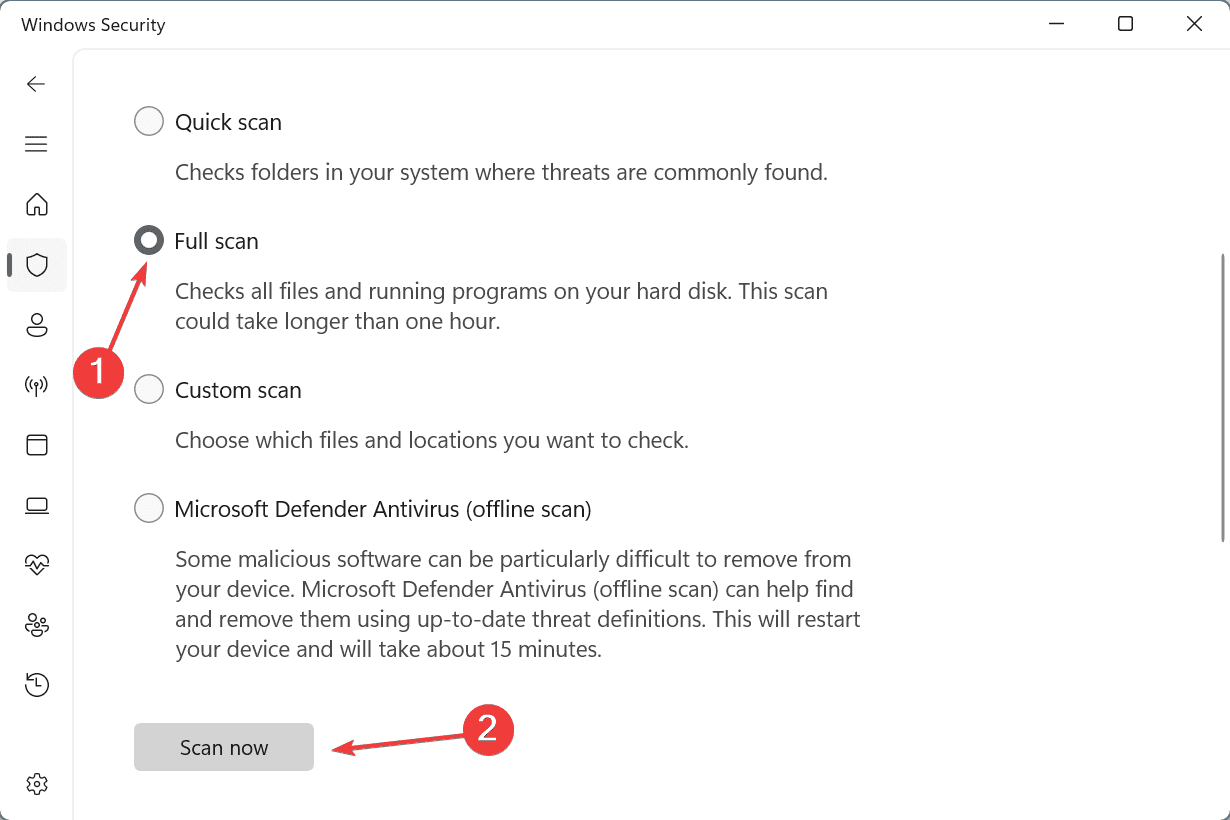
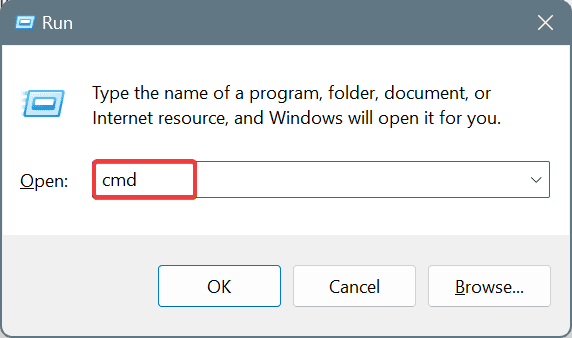
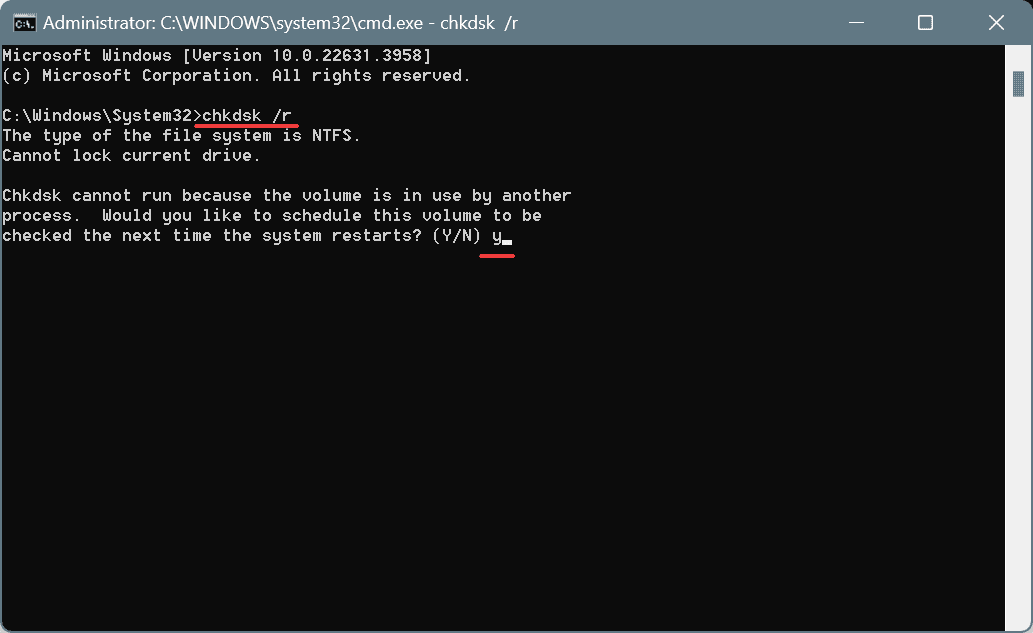
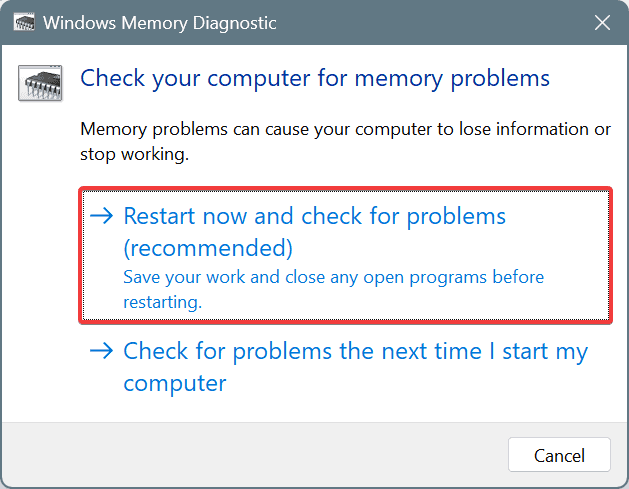
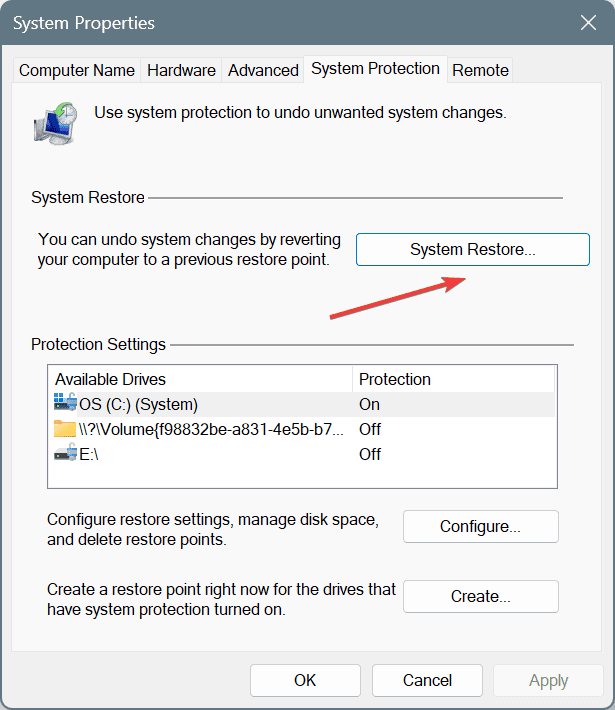
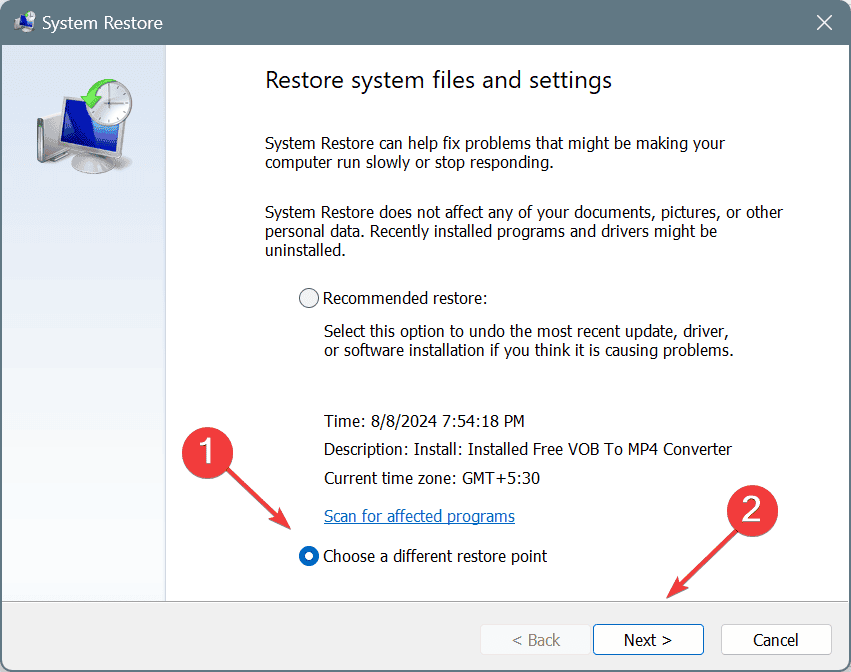
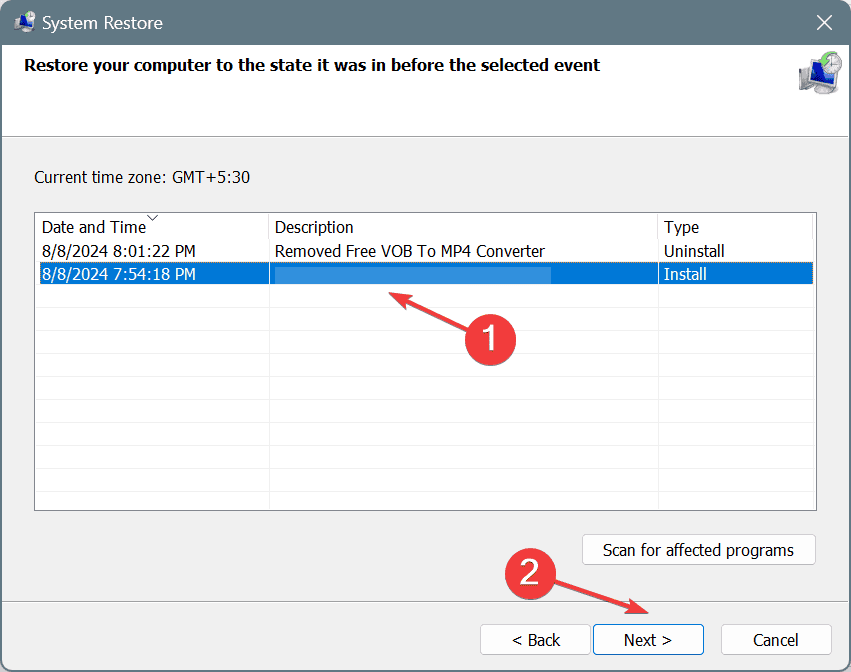








User forum
0 messages